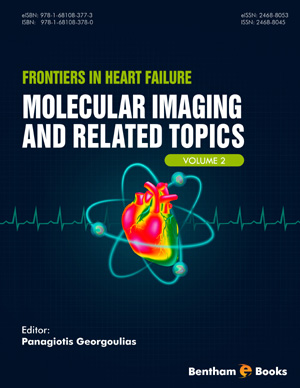Abstract
Heart failure (HF) may be the endpoint of various cardiac diseases. This emphasizes the need for a diagnostic method that can accurately establish the diagnosis of HF and define the underlying mechanisms of the condition. This is necessary for the selection of the appropriate therapeutic method (medication, revascularization or resynchronization therapy) in order to achieve the optimal response. Cardiac magnetic resonance imaging (MRI) is an emerging imaging method that can be used for quantification of ventricular function, as a baseline and also for follow-up of HF patients after treatment. It has great contribution in differentiation of the cardiac diseases (e.g. ischemic and non-ischemic cardiomyopathies, cardiomyopathies with myocardial hypertrophy, etc.) by providing tissue characterization. This chapter describes the technique of cardiac MRI examination and focuses on typical imaging characteristics that aid in the differentiation among cardiac conditions that may result in HF, according to their frequency and their importance in treatment selection. The parameters measured by cardiac MRI that play a role in the prognosis of the disease and therapeutic decision, are also discussed. Finally we present the role of cardiac MRI in cardiac resynchronization therapy and its predictive role in the therapeutic outcome.
Keywords: Cardiac magnetic resonance imaging, Cardiac resynchronization therapy, Cardiomyopathy, Congenital heart disease, Etiology, Heart failure, Ischemic heart disease, Late gadolinium enhancement, Pericardial disease, Prognosis, Valvular heart disease.






















